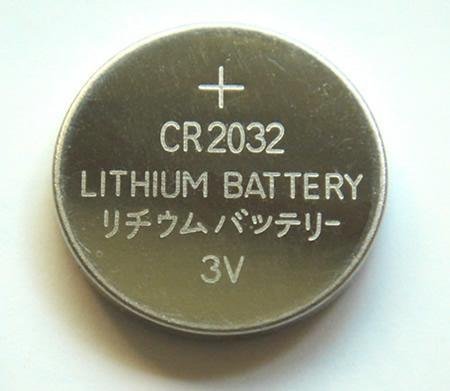ryan27968
Member
sorry. forgot about that. but still, you wouldnt need 6 aa batterys, only four.
maybe pandora can save cost by selling some units sans lipo/lion battery packs and allow for the usemof aa or aaa batteries. I bet the pandora could fit 9 aa batteries like sanyo eneloops.
did i wake up in 1990? why would you use aa or aaa in anyhting but your tv remote and most of them don't use them, and as for a spare really there are hundreds of great battery packs that can run of or charge anthing with a usb and most are the sizeof a pack of 4 aa's and start at 10$ i myself have a newtrent it's about the size of a pack of cigs and was 60$ and can charge my pandora two times and stil have some juice left, also can have say my cell charging and my pandora charging at one time or even be playing my pano and running a usbled lamp off it now lets see your aa or aaa's do that
You would need 3 NiMH batteries in serial to even have a shot at providing enough voltage. Your battery configurations therefore must be in multiples of 3. 4 is not a multiple of 3.
You would need 6 high capacity (2200+mAh) NiMH AA batteries to match Pandora's current battery capacity. Alkalines will never work unless you have the Pandora sleeping the whole time.
Well, technically speaking, Alkalines would work briefly, it's just that they would lose the necessary voltage much more quickly. Probably quickly enough to be unusable for anything other than emergency use. Your typical NIMH is going to be 1.2v and 2200+mAh depending on the specifics, whereas the typical AA battery will be 1.5v, and whatever mAh, but the voltage will drop much more quickly, leaving much of the charge unusable.
Well, technically speaking, Alkalines would work briefly, it's just that they would lose the necessary voltage much more quickly. Probably quickly enough to be unusable for anything other than emergency use. Your typical NIMH is going to be 1.2v and 2200+mAh depending on the specifics, whereas the typical AA battery will be 1.5v, and whatever mAh, but the voltage will drop much more quickly, leaving much of the charge unusable.
Read the first couple posts I made please.
I did read your posts. I'm not really sure you read mine with any comprehension.
If it needed AAs you'll inevitably get people who try using alkalines as a backup in a pinch and being pretty unhappy when they find them drained in a few minutes flat.
Although alkaline batteries are often rated at 1.5V this is actually only what they start out at. Even under very low load currents their discharge graph is steeper than other battery types. So you don't even stay above 1.2V for very long. Under higher discharge currents like what you'd see in Pandora the curve looks really bad. For a mobile device like Pandora you'll need to consistently provide some voltage level, probably at least 3V but it could be more, given the Lithium Ion battery will provide that for most of its discharge cycle.

I talked to an EE at work and he told me the dual battery idea would require different/additional charging circuitry to handle properly, as is the case for laptops with multi-cell batteries.
This could be problematic if the PMICs available don't support this.

